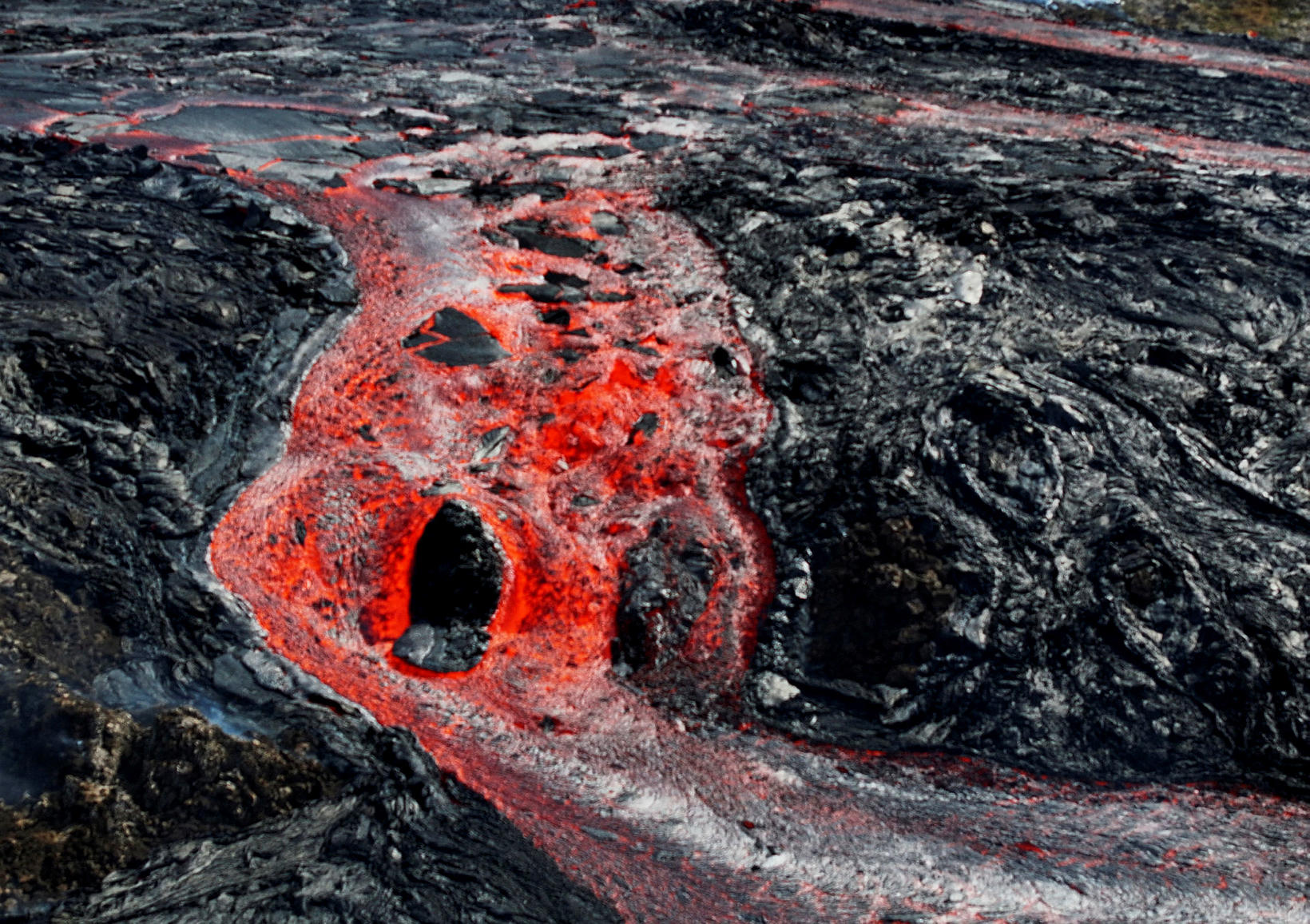"Flowing at a much faster speed than we've seen before"
The lava flow rate since yesterday’s eruption is the fastest since the eruption at Sundhnúkagígar crater row in December of last year.
“The lava was flowing at a huge speed. It was flowing at a much faster speed than we’ve seen before,” says Benedikt Gunnar Ófeigsson, director of deformation measurements at the Icelandic Met Office.
According to Ófeigsson, scientists estimate the current volcanic output at about 50 cubic meters per second. When the force was at its highest yesterday, scientists estimated the output at about 1,500 to 2,000 cubic meters per second.
Would have been difficult to escape
Yesterday, lava flowed from the fissure toward Svartsengi over Grindavíkurvegur road at Mt Þorbjörn and along the defense walls that run north and northwest of Grindavík.
The lava also ran up to the defense walls at the communications station of the US Navy, west of Grindavík, with the result that a wire was torn from the mast.
“It wouldn’t have been possible to run away from this. It’s a lot faster than we’ve seen before. You’d have had problems getting vehicles out,” says Ófeigsson about the rapid spread of the lava.
Lava stops spreading
As the productivity of the eruption has decreased, so has the lava flow.
The edge of the lava field is now standing while lava accumulates in lava ponds and the lava field thickens.
“The lava tongue that reached west of Grindavík has moved very little,” he explains.
He says that there is less danger of lava flowing over the defense walls than before. On the other hand, it is not possible to exclude that this could happen if the eruption was prolonged. This would take a few weeks, however, given that the productivity of the eruption would not increase significantly.




/frimg/1/38/77/1387784.jpg)





